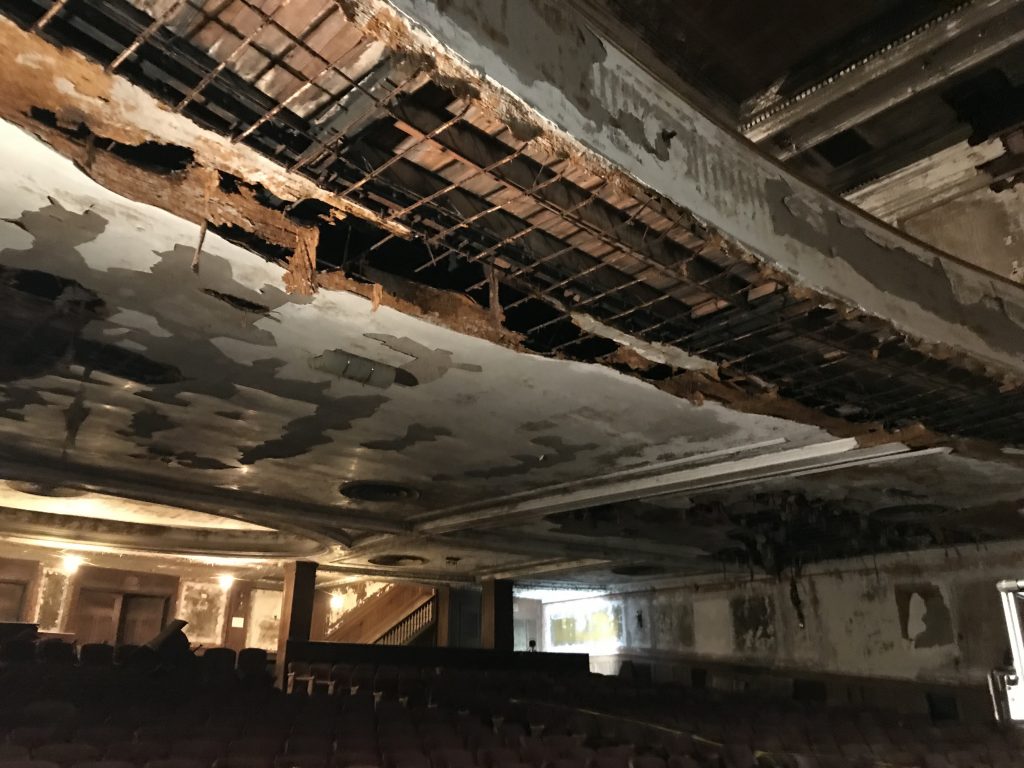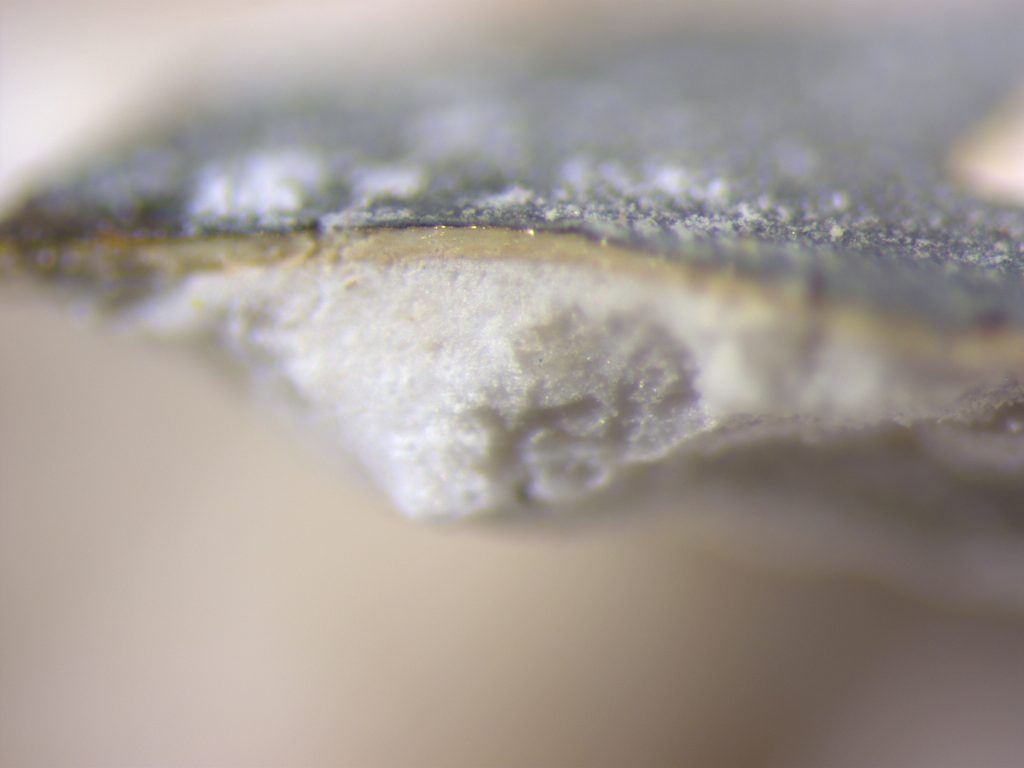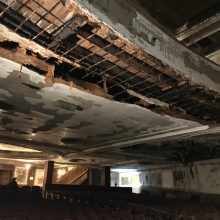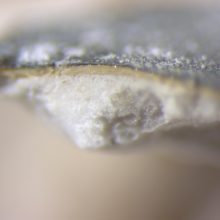Victory Theatre Paint Study
The Victory Theatre was named after the 1918 Allied Victory of World War I. The theatre flourished due to the increased interest and demand in vaudeville performances and silent motion pictures. With the arrival of the talkies in the late 1920s, they transitioned to a movie theater in 1931. In 1942, a fire damaged the backstage of the theatre; much of the original 1920s paint scheme was selectively overpainted and new art deco designs were painted over much of the flat plaster beams and fields on the ceilings and proscenium surround. The box seats flanking the stage were filled in and two WPA-style murals were put in their place showing allegorical figures of Victory. The theatre reopened after renovation and persisted to be a vibrant movie house until it closed permanently in 1978 due to declining ticket sales. Holyoke once had seven theaters. However, the Victory Theatre is now the last standing theater in Holyoke.
The Massachusetts International Festival of the Arts (MIFA) acquired the Victory Theatre in 2009 with the intention of using it as a catalyst for revitalizing downtown Holyoke. The theatre is intended to become the anchor for Holyoke’s arts and theatre district, which would not only increase commerce and tourism, but also provide crucial access to arts education for the community.
EverGreene was retained by MIFA Victory Theatre to conduct a microscopic analysis and general condition survey of the existing interior finishes in Victory Theatre. The purpose of this survey is to support renovation efforts by documenting the historic color palettes and decorative motifs as well as to document the current conditions of the remaining flat and decorative plasterwork.
Our team is now performing conservation and restoration treatments on two painted murals in the Victory Theatre, titled “War” and “Victory” at our Brooklyn studio. The murals underwent mold remediation, paint stabilization, lining of the panels, cleaning and varnish testing and removal, removal of post-historic overpaint, and selective inpainting.







